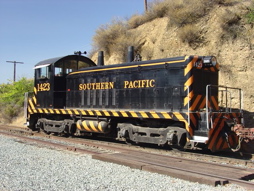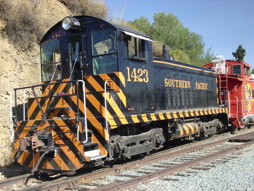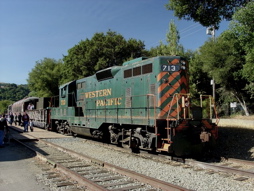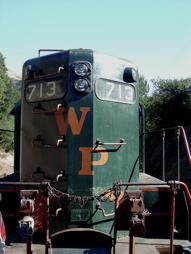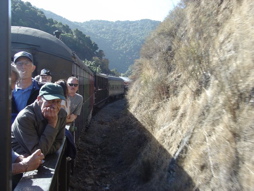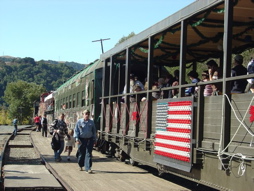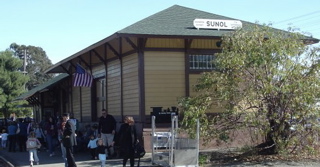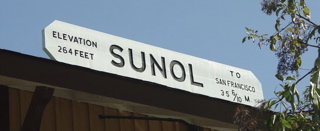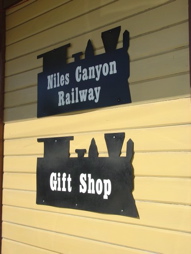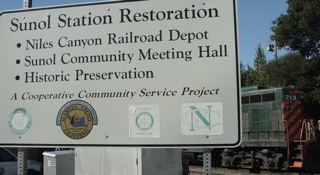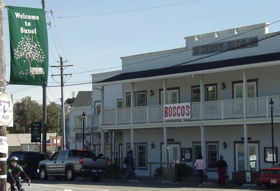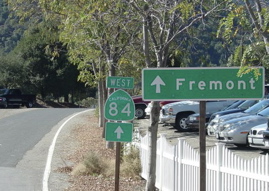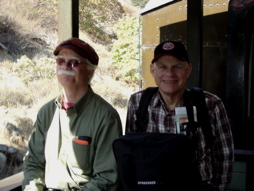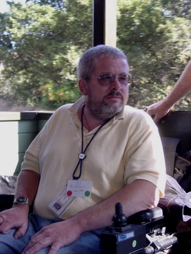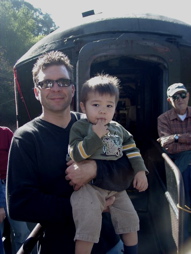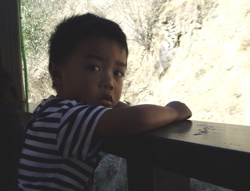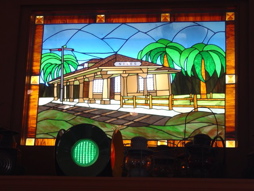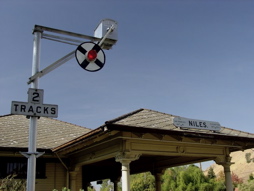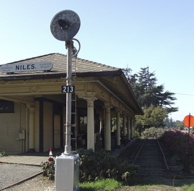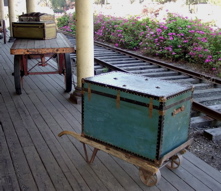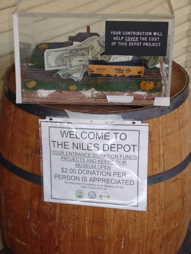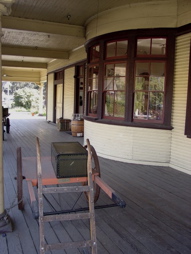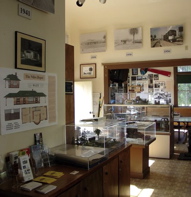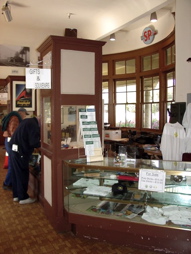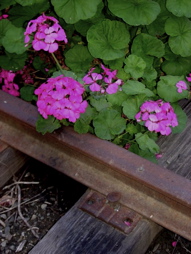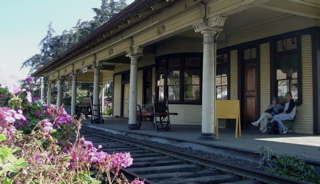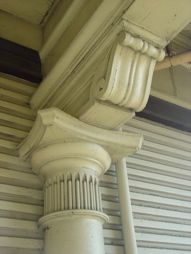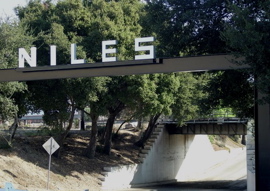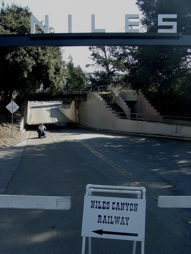The Program Promised: Debbie &
Christina will report on Monterey County's efforts to
start a local Monterey-Castroville shuttle using RDCs, subsequent
regional connection possibilities, extension of Caltrain to Salinas,
recent additions of bus service to the Capitol Corridor and future
Coast Line service improvements including the Coast Daylight and
overnight service.
Notes -
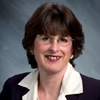
Debbie Hale:
In their jurisdiction, the largest city on Hwy. 1 and 101 as well as
the Coast Starlight is Salinas. Proposals include CalTrain
extension of rail service Salinas to Gilroy and to Sal State Monterey
(now 10 years old) at Fort Ord.
Transportation needs that need attention are the jobs in Silicone
Valley, Agriculture for transportation of product and workers, Tourism,
Aquarium, Laguna Seca, Cannery Row, and Fisherman's Wharf in North
County.
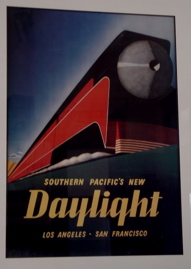
Historically there was a Del Monte Express
to Cannery Row and some want
it back. Current services include the Coast Starlight at Salinas,
and Commuter Rail to San Jose. Future plans include a Coast
Daylight (a new train that does not go north of Sacramento)(Original
Daylight Poster, left), the Gilroy
to Salinas extension of service, and Monterey Pennensula Service.
Notes - Christina Watson:

She gave the stops on the proposed SF-LA Coast Daylight's one-daily
round trip. The CalTrain extension from Gilroy to Salinas in
2009/10 is a two round-trip a day plan with 4 round trips in the
future. $6.50 fare. Est. 530,000 riders yrly. New
Stations at Pajaro, Castroville, and Salinas.
Based on $3.24 a gallon for gasoline, the Salinas to San Jose trip
would cost a CalTrain Monthly Pass holder $4.50, CalTrain one-way
$6.75, or Drive alone for $12.88.
She used the term "Fixed Guideway" for Bus Rapid Transit. There
is a new Line 55 from Monterey to San Jose.
Notes - Debbie Hale:
(Debbie was articulate and well-informed). The needs for this
proposal are: Federal Approval, CalTrain Agreement, Union Pacific
Agreement, Right-of-way for station development.
Trains will be kept in Salinas and there is revenue generating property
in Ft. Ord.
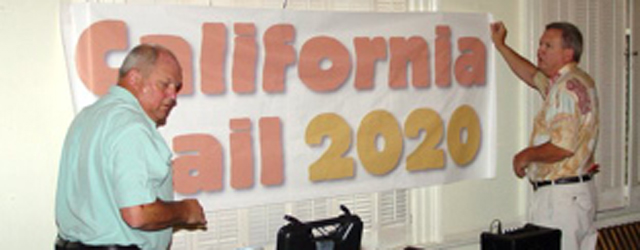
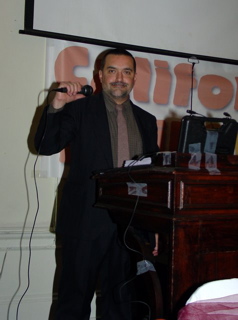
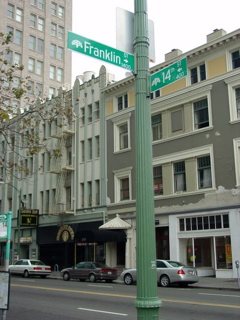
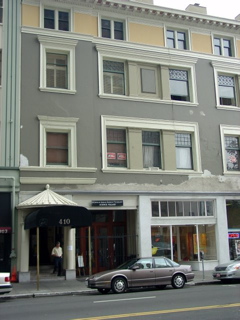
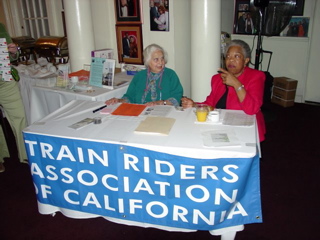
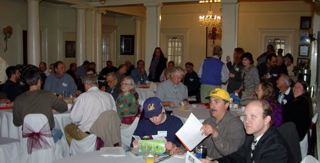
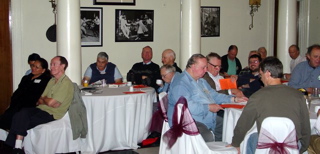
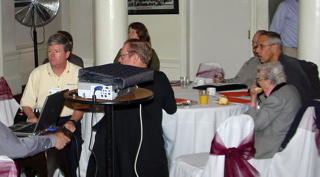
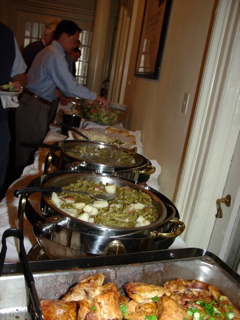
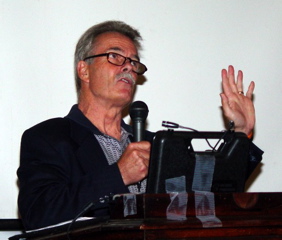
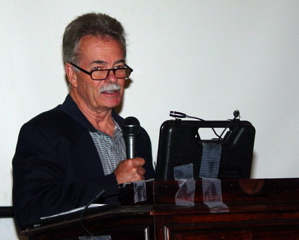

 Historically there was a Del Monte Express
to Cannery Row and some want
it back. Current services include the Coast Starlight at Salinas,
and Commuter Rail to San Jose. Future plans include a Coast
Daylight (a new train that does not go north of Sacramento)(Original
Daylight Poster, left), the Gilroy
to Salinas extension of service, and Monterey Pennensula Service.
Historically there was a Del Monte Express
to Cannery Row and some want
it back. Current services include the Coast Starlight at Salinas,
and Commuter Rail to San Jose. Future plans include a Coast
Daylight (a new train that does not go north of Sacramento)(Original
Daylight Poster, left), the Gilroy
to Salinas extension of service, and Monterey Pennensula Service.
